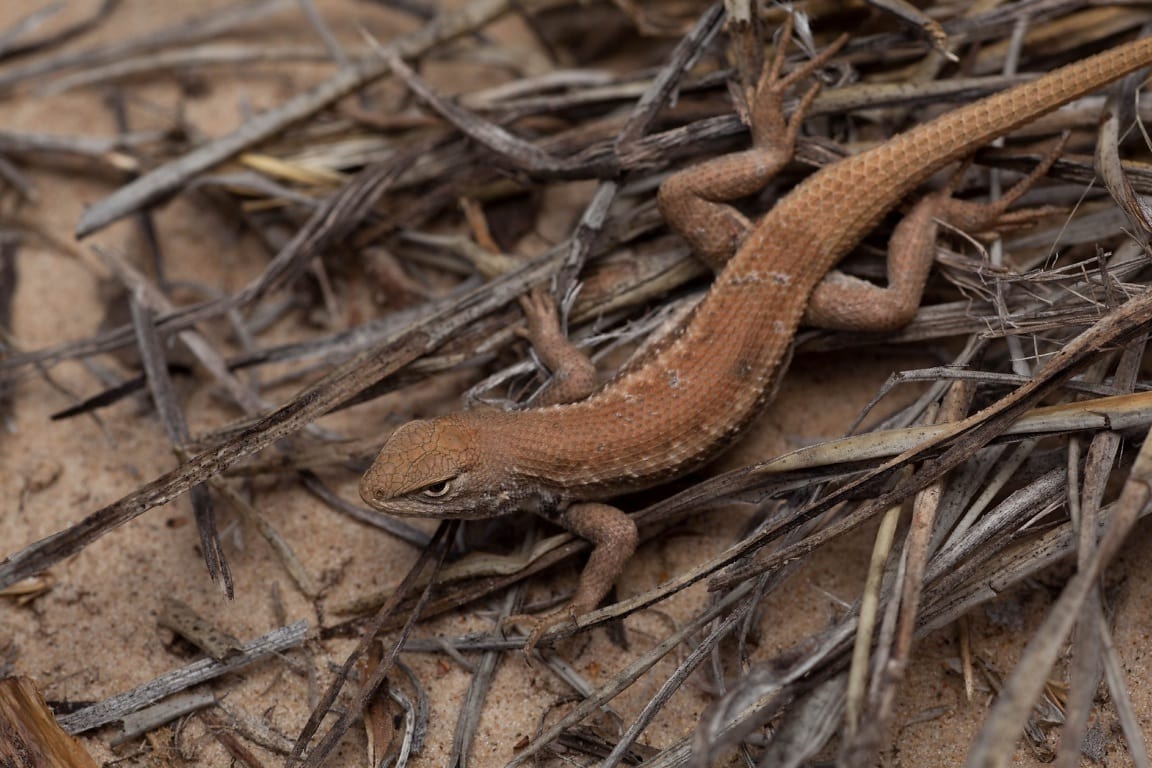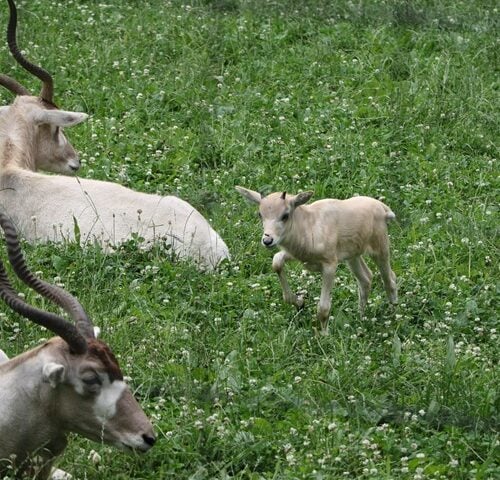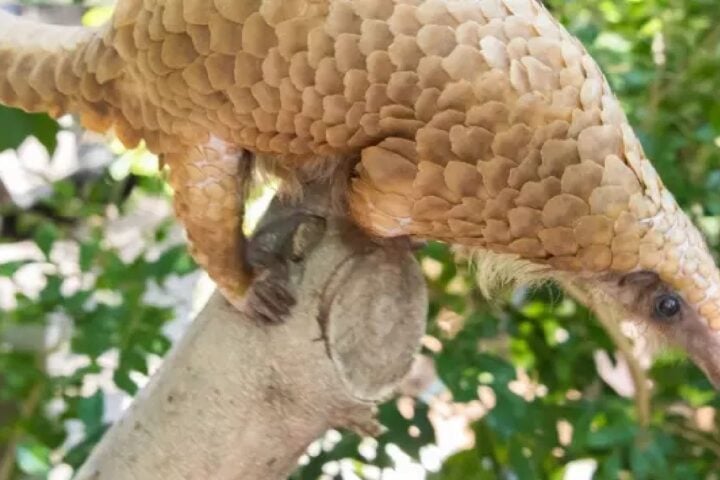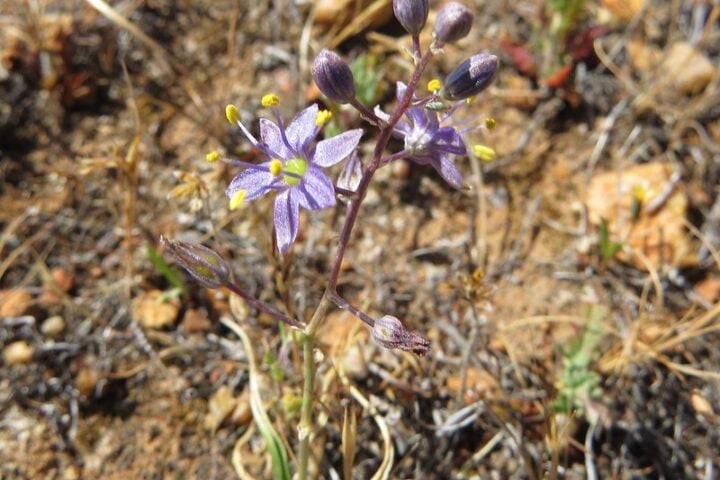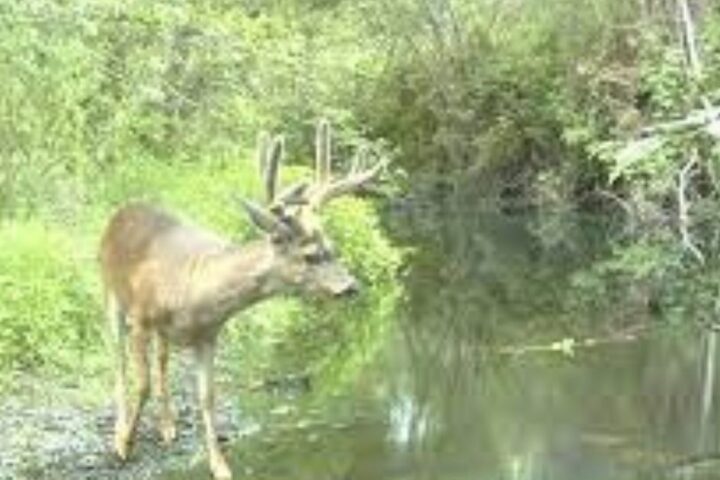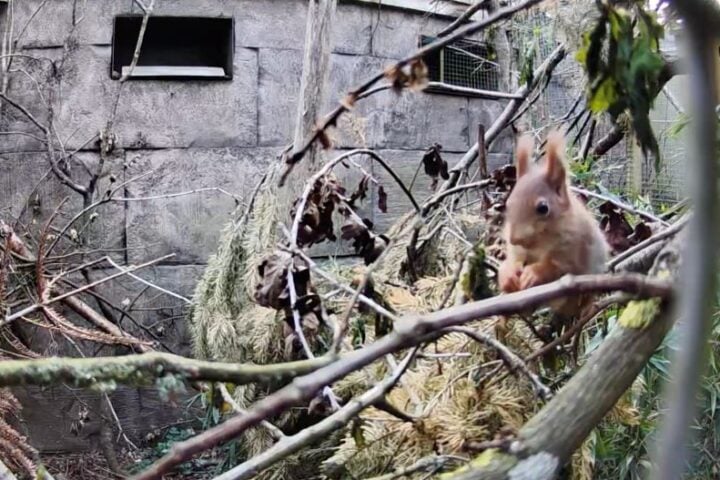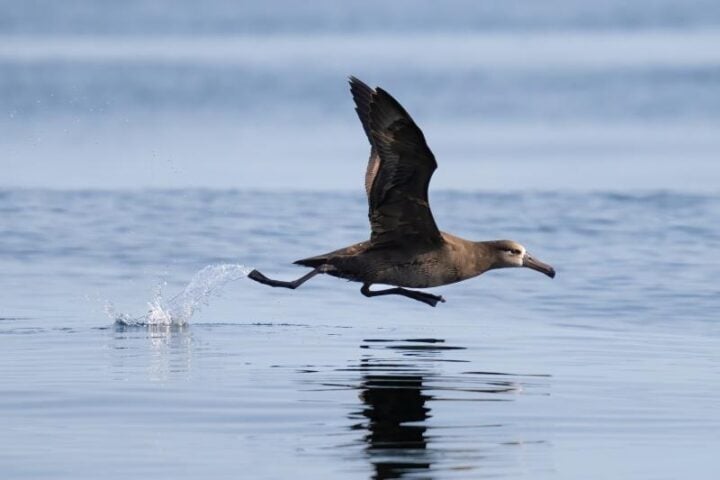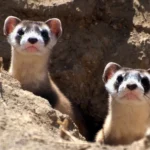After more than 20 years of advocacy by the Center for Biological Diversity, the U.S. Fish and Wildlife Service has announced the dunes sagebrush lizard as endangered, acknowledging the need for its protection under the Endangered Species Act. This small reptile is dwelling in a limited area in West Texas and southeastern New Mexico. It is increasingly threatened by the rapid expansion of the Permian Basin oil and gas fields.
The History of Advocacy:
The Center for Biological Diversity has been advocating for the protection of the dunes sagebrush lizard since 1982. Petitions and lawsuits were filed over the years, prompting federal officials to propose listing the species in 2010. However, the initial proposal was withdrawn due to concerns about insufficient protection measures in a conservation plan led by Texas Comptroller Susan Combs.
The Lizard’s Fragile Habitat:
The dunes sagebrush lizard, measuring 2.5 inches in length, has one of the smallest ranges of any lizard in North America. It thrives in a unique ecosystem characterized by wind-blown dunes and shinnery oak shrubs. Unfortunately, over 95% of the original shinnery oak dunes ecosystem has been destroyed by oil and gas development, mining, herbicide spraying for livestock grazing, and sand mining operations.
Similar Post
Ongoing Threats:
The lizard’s remaining habitat is highly fragmented, hindering its ability to find mates and ensuring genetic diversity. The oil and gas industry, which utilizes sand for fracking, poses a secondary threat through sand mining operations. Furthermore, climate change exacerbates the challenges faced by the lizard, making its protection even more crucial.
Biologists’ Struggles in Assessing the Population:
Due to the scarcity of the species and its elusive nature, biologists find it challenging to accurately estimate the lizard’s population size. However, they have observed a correlation between lower lizard numbers and areas with a higher density of oil and gas wells or disturbed habitats.
Opposition and Conservation Efforts:
Oil and gas operators, as well as ranchers in the Permian Basin, have opposed listing the lizard as an endangered species, citing potential disruptions to their businesses and additional costs. Nonetheless, some oil and gas companies have engaged in voluntary conservation agreements with wildlife managers. Around 100 ranchers and 100 oil and gas companies in New Mexico and Texas have enrolled in such agreements, covering a significant portion of the lizard’s range.
Slow Progress and Extinction Risks:
The U.S. Fish and Wildlife Service has been criticized for its slow response in providing timely protections to endangered species. The process of listing and designating critical habitat is meant to take two to three years but has often stretched to a decade or more. Tragically, at least 47 species have become extinct while awaiting protection.
The dunes sagebrush lizard’s designation as an endangered species signifies a step forward in its conservation. The challenges faced by this remarkable reptile highlight the need for swift action to protect its remaining habitat. Collaborative efforts between conservation organizations, government agencies, and industries are vital to ensure the survival of the dunes sagebrush lizard and other endangered species in the face of ongoing human activities and environmental changes.
